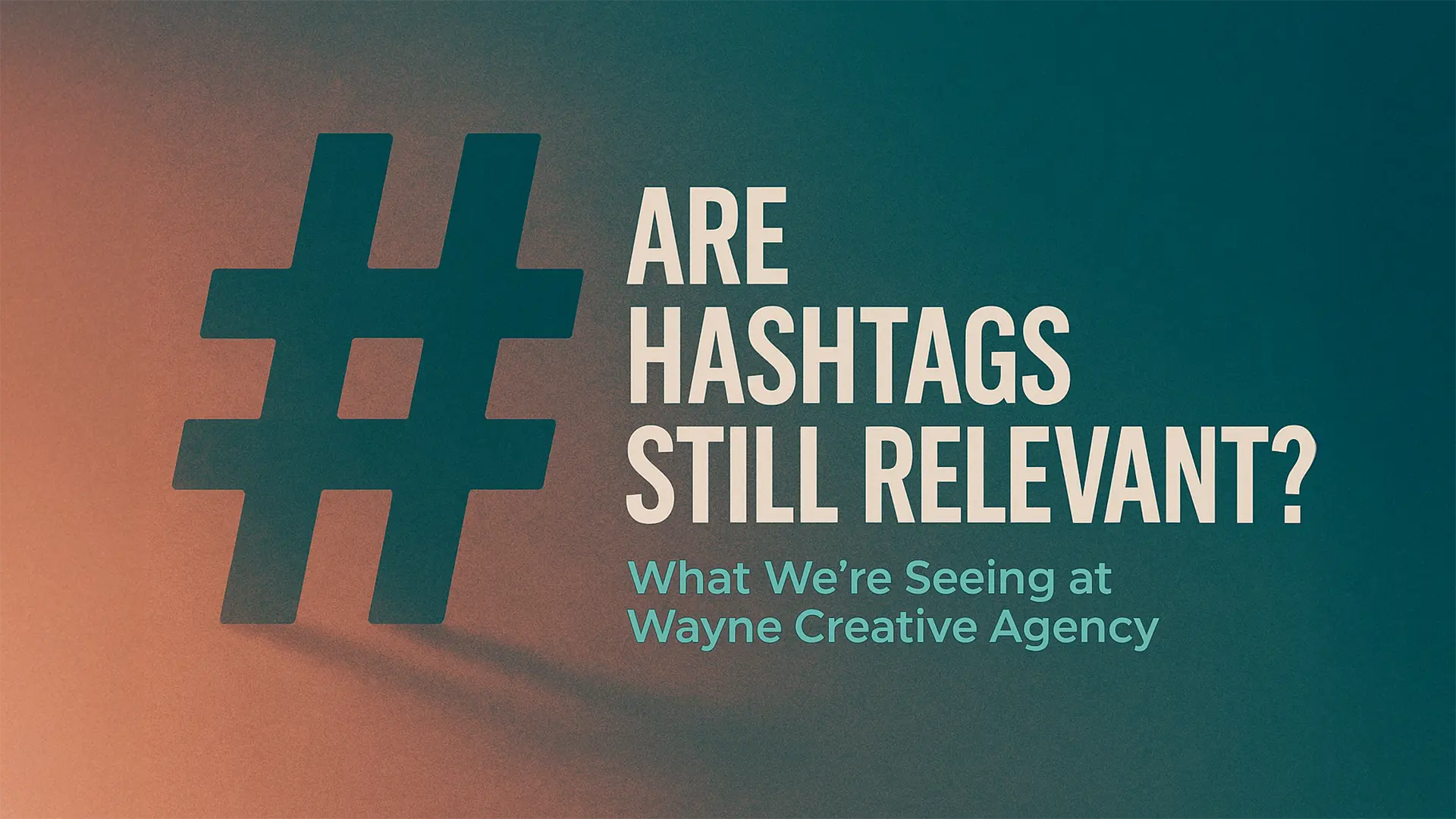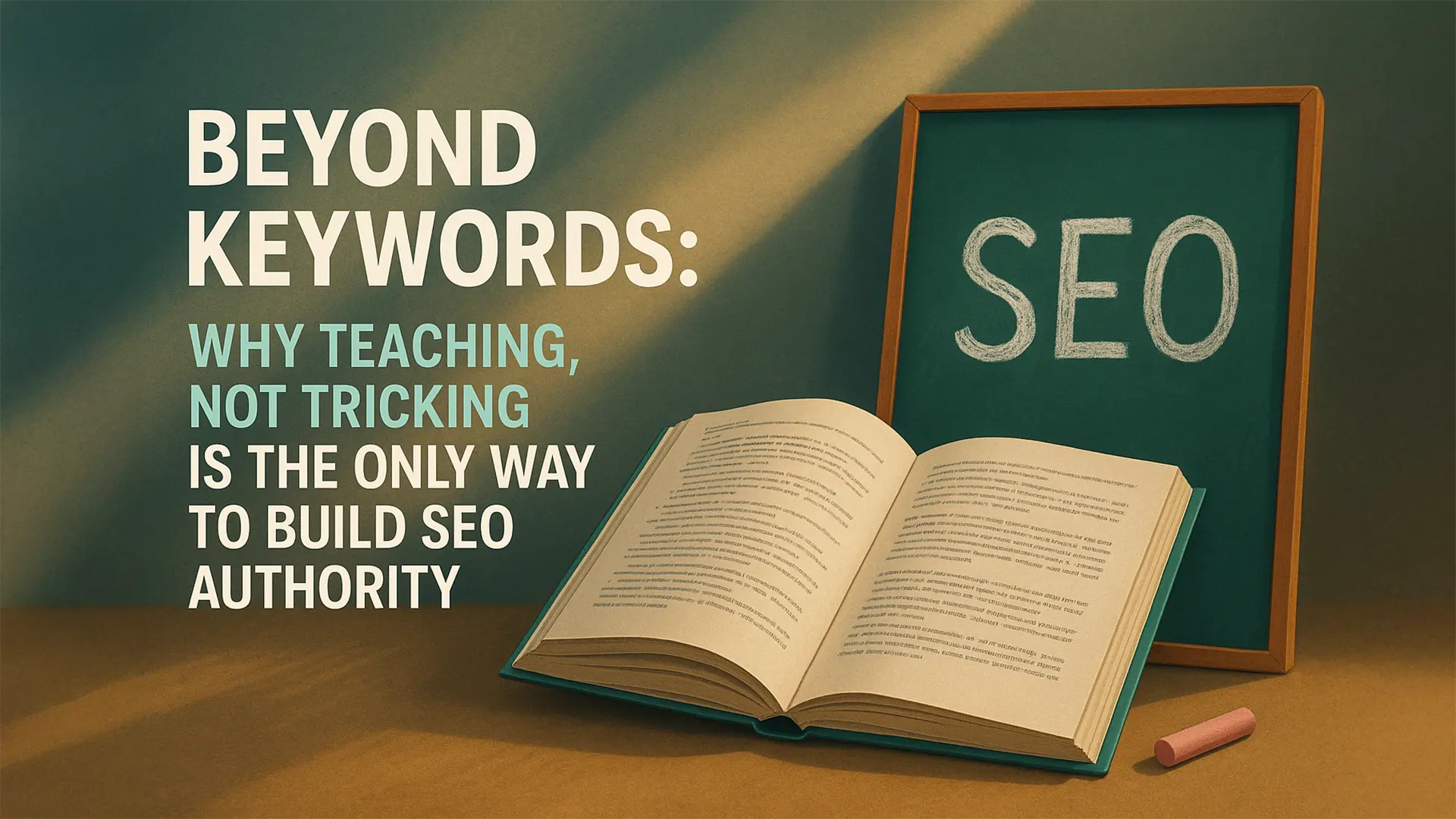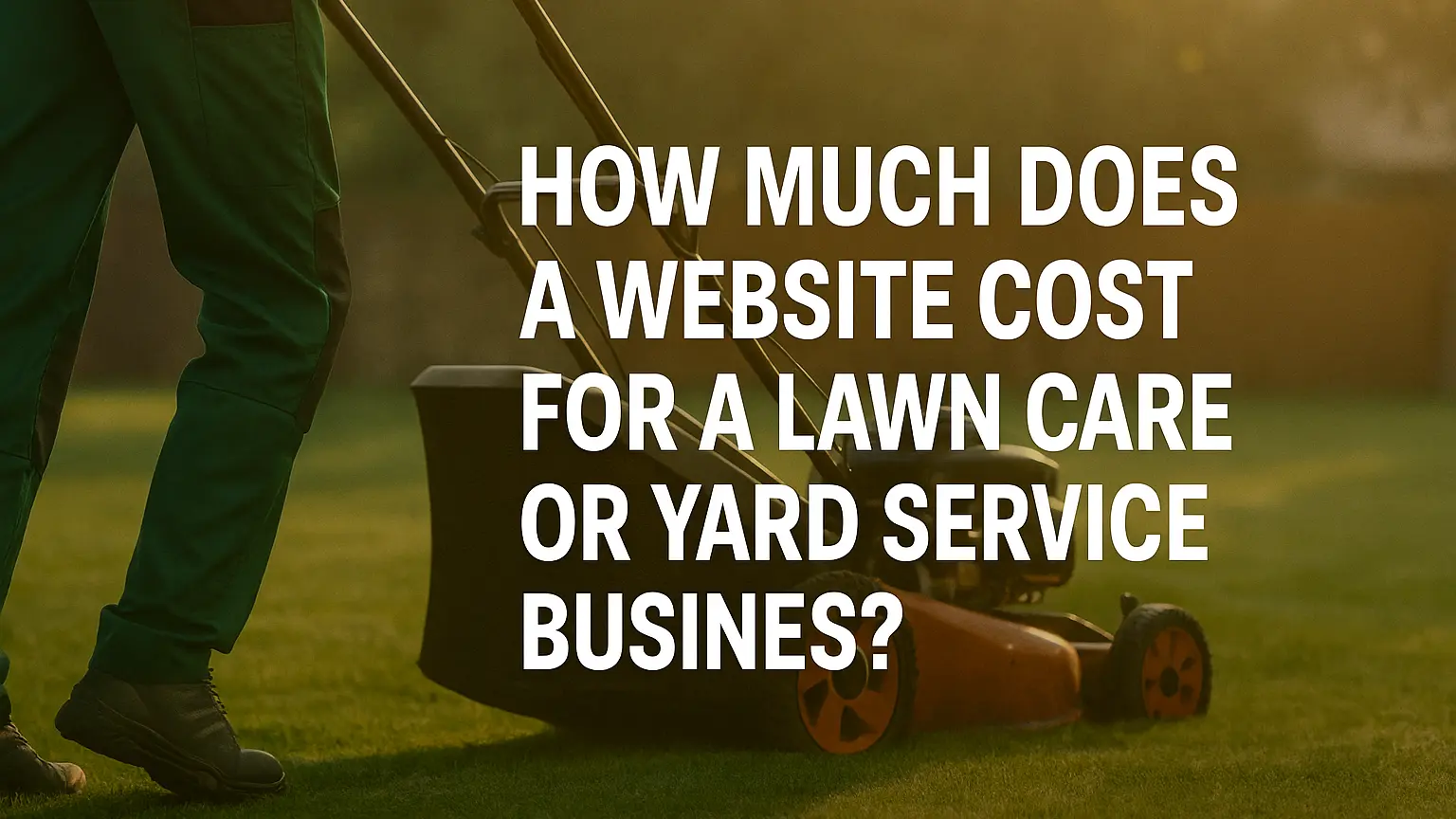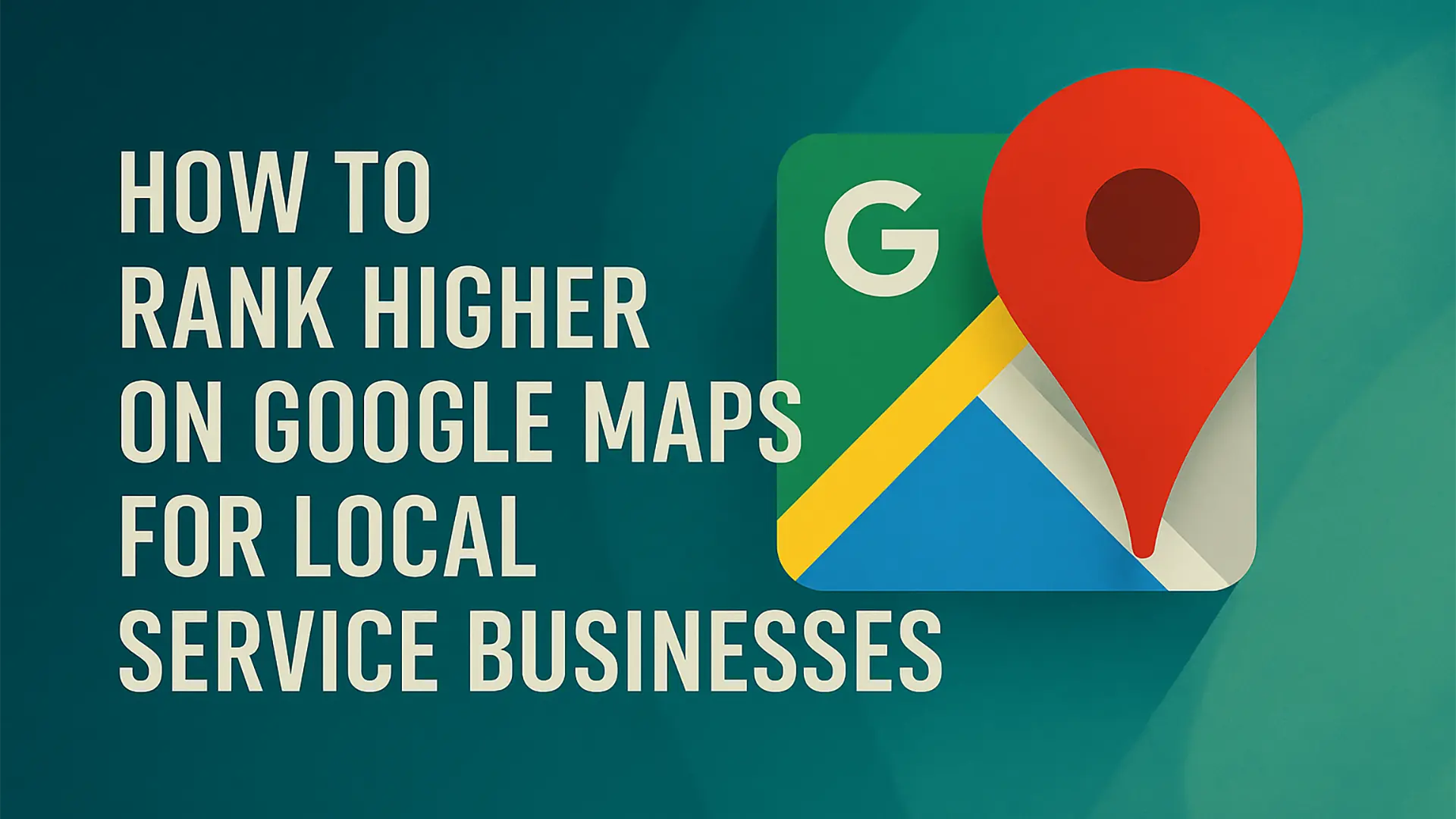Hello from North Fort Myers! I’m Tyler Small, and I spend my days designing websites and helping businesses get found online. For years, the name of the game has been Google SEO. I’ve been optimizing websites so they show up at the top of the search results pages (SERPs), helping my clients get those valuable clicks.
But lately, something big has changed.
The world of search is evolving, and fast. Now, in addition to Google, we have to think about Large Language Models (LLMs) like ChatGPT, Gemini, and Perplexity. These AI tools don’t show you a list of links; they give you a direct, synthesized answer. This changes everything for us as digital marketers and business owners.
I’ve been studying these trends for a while now, keeping up with them as they happen, and I want to share my thoughts and strategies with you. It’s no longer about just ranking high on a results page. Now, it’s about being the best, most trusted answer that an AI will recommend. It’s about a dual-pronged strategy to ensure your content is visible to both Google and these new AI systems.
Let’s break down the two worlds and see how we can win in both.
My Thoughts on Google vs. LLMs: A Quick Primer
First, we have to understand that these two systems work in fundamentally different ways.
- Google: It’s all about results pages. It follows specific rules and guidelines, like making sure your keywords are in the right places, your pages are readable, and you have good internal links. The goal is for a user to click on your link.
- LLMs (AI Bots): They’re about giving a single, best answer. They don’t look for keywords; they use a concept called “semantic understanding.” This means they try to understand the actual meaning and intent behind a user’s question. They’re not counting keywords; they’re summarizing, citing, and recommending the most credible source they can find.Let’s quickly explain some of these popular AI bots:
- ChatGPT: This is a very well-known AI chatbot developed by OpenAI. People use it to get answers, write text, brainstorm ideas, and more, often in a conversational way.
- Grok: This AI is developed by xAI, Elon Musk’s company. It’s known for its real-time knowledge and a bit of humor, often pulling information directly from the X (formerly Twitter) platform.
- Gemini: This is Google’s own family of powerful AI models. It’s designed to understand and work with different types of information, like text, images, and even audio, and it’s integrated into many Google products.
- Claude: Developed by Anthropic, Claude is another advanced AI assistant focused on being helpful, harmless, and honest. It’s often used for tasks like summarizing documents, answering questions, and creative writing.
This difference has a huge impact. For example, some studies show that when Google shows an AI summary at the top of the search results, people are less likely to click on any of the links below. So our old goal of getting a click needs to be updated. Now, success also means being the source that the AI cites, or the entity it recommends as the authority on a topic.k on any of the links below. So our old goal of getting a click needs to be updated. Now, success also means being the source that the AI cites, or the entity it recommends as the authority on a topic.
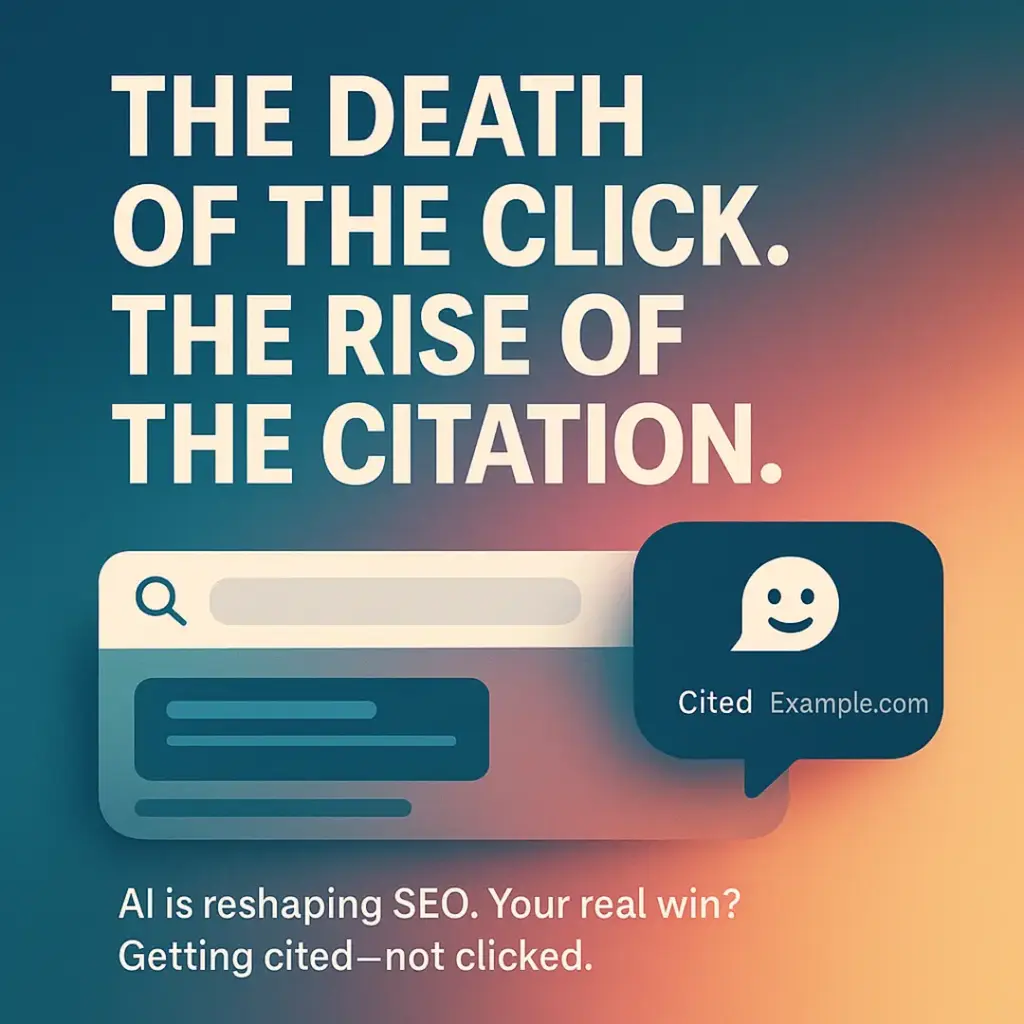
The Core Mechanisms: How Each System Thinks
A. How Google Ranks Content: The Timeless Principles of SEO
Google’s system is complex, but the core principles have stayed the same for a long time. It’s all about providing the most useful and relevant information to the person searching. Google’s algorithms look at a ton of signals, but I want to highlight the most important one: E-E-A-T.
E-E-A-T stands for Experience, Expertise, Authoritativeness, and Trustworthiness. While Google says it’s not a direct “ranking factor,” it’s a huge guide for their quality evaluators, and these principles are built into their algorithms.
- Experience: Are you writing from a place of first-hand experience? This is especially important for things like product reviews or travel guides.
- Expertise: Do you show deep knowledge of the topic? Is your content informative and engaging?
- Authority: Are other respected experts or influencers linking to or recommending your content? This is a huge vote of confidence.
- Trustworthiness: Is your content clearly sourced? Do you show who the author is? Are you transparent? Reputation is a big part of this—think about positive reviews or mentions from professional organizations.
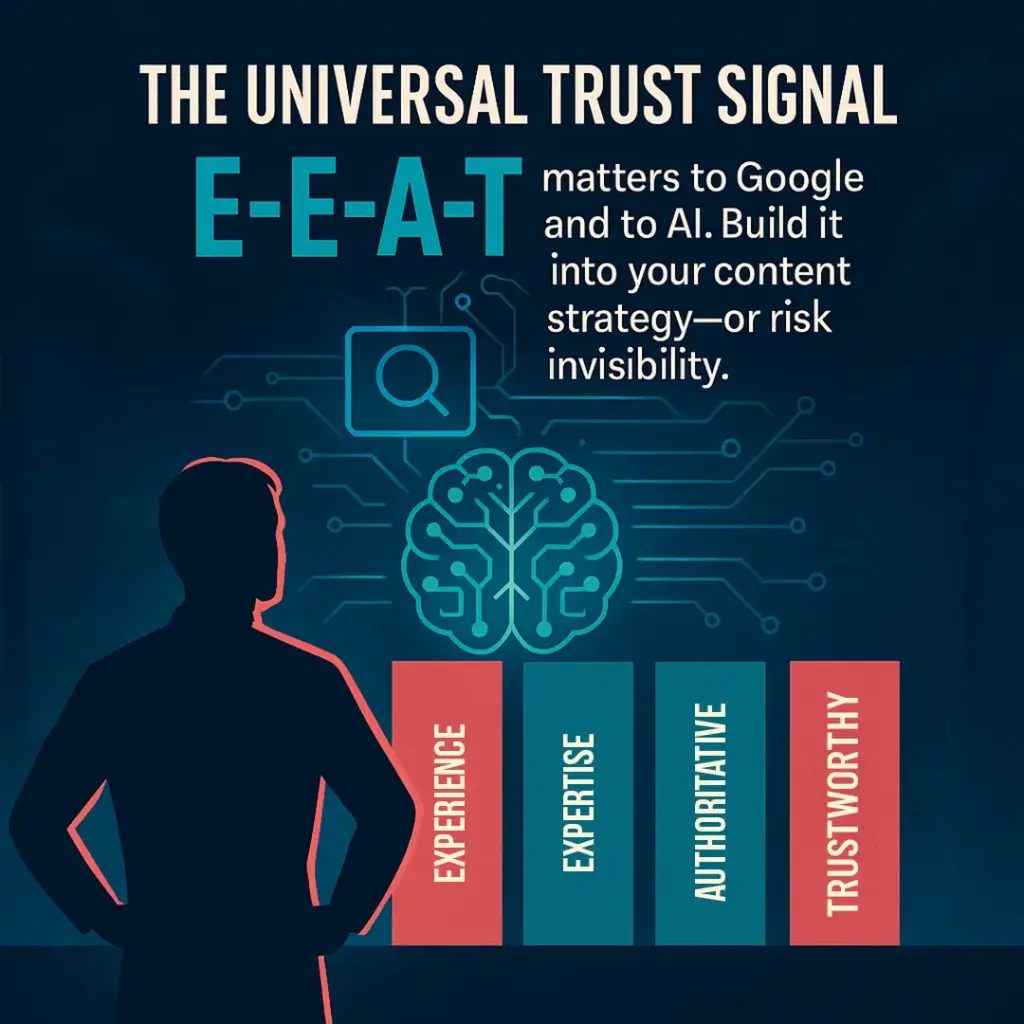
Google’s “Helpful Content System” also rewards content that is “people-first,” meaning you wrote it to genuinely help a person, not just to rank high on a search engine. This means original research, first-hand expertise, and a clear purpose for your content.
Here’s the cool part: all of these “Google-friendly” principles are also what makes content great for LLMs. LLMs also want to find factual, trustworthy, and authoritative content. So, when you focus on E-E-A-T, you’re already building a strong foundation for both worlds.
B. How LLMs Process and Cite Content: The Magic of RAG
LLMs are different. They don’t just match keywords. They use something called Retrieval-Augmented Generation (RAG). This is a two-step process.
- Retrieval: The AI looks through a massive index of information (like the internet or a knowledge base) to find documents that are relevant to your question.
- Generation: The AI then uses the most relevant documents it found to create a new, synthesized answer.
LLMs are able to do this because they turn words, phrases, and entire documents into “embeddings”—basically, mathematical representations that capture the meaning of the text. The closer the embeddings of your content are to the embeddings of a user’s query, the more likely your content is to be chosen.
This is where two key concepts come in:
- Monosemanticity: This just means your words, phrases, and concepts have a single, unambiguous meaning. When you’re clear and precise, your content’s embeddings become more accurate, making it a better match for a user’s query.
- Entity Salience: This is about making sure the most important entities (like your brand name, a product, or a key person) are highlighted. When you mention them clearly in titles, introductions, and headings, the AI knows they are important and is more likely to use your content.
The main takeaway here is that LLMs reward content that is clear, well-defined, and structured logically, because this makes it easier for the AI to understand and summarize.
The Synergy: Overlapping Strategies for Dual Visibility
The great news is that a lot of what we’ve been doing for Google SEO works just as well, if not better, for LLMs. Here are some foundational practices that benefit both.
Human-First Content is King
Both Google’s Helpful Content System and LLMs want content that is truly helpful, informative, and original. AI-generated content can often feel a bit flat. It might lack the “lived personal experiences or subtle humor” that only a human can provide. So, while I use AI tools to help with outlines or brainstorming, I always keep a human in the loop to write the final content.
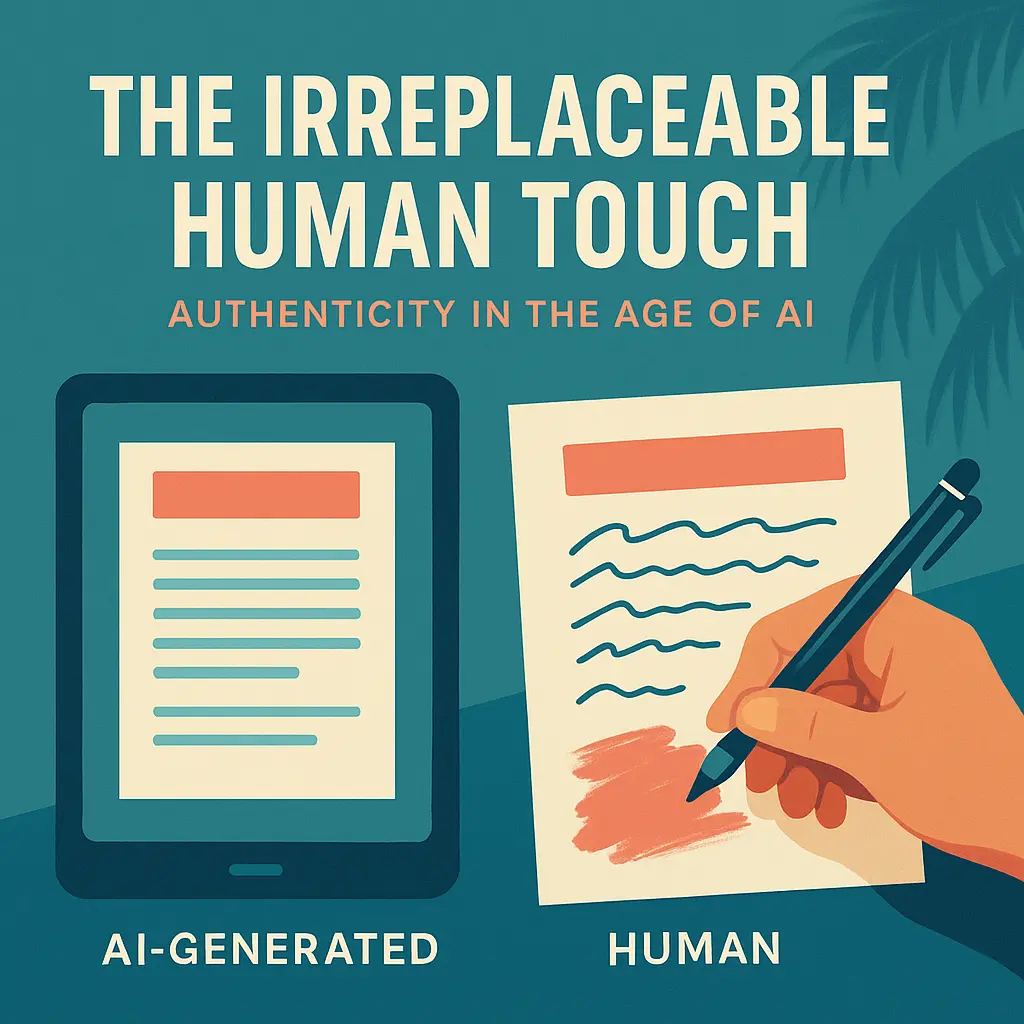
Think in Topics, Not Just Keywords
Instead of focusing on a single keyword, my team and I now think about “topic clusters.” We create one main “pillar” page that covers a broad subject, and then we create smaller, more specific “cluster” pages that go into detail on related topics. We link all of these pages together. This not only shows Google that we’re an expert on the subject (E-E-A-T!) but it also helps LLMs build a strong understanding of our authority on the topic.
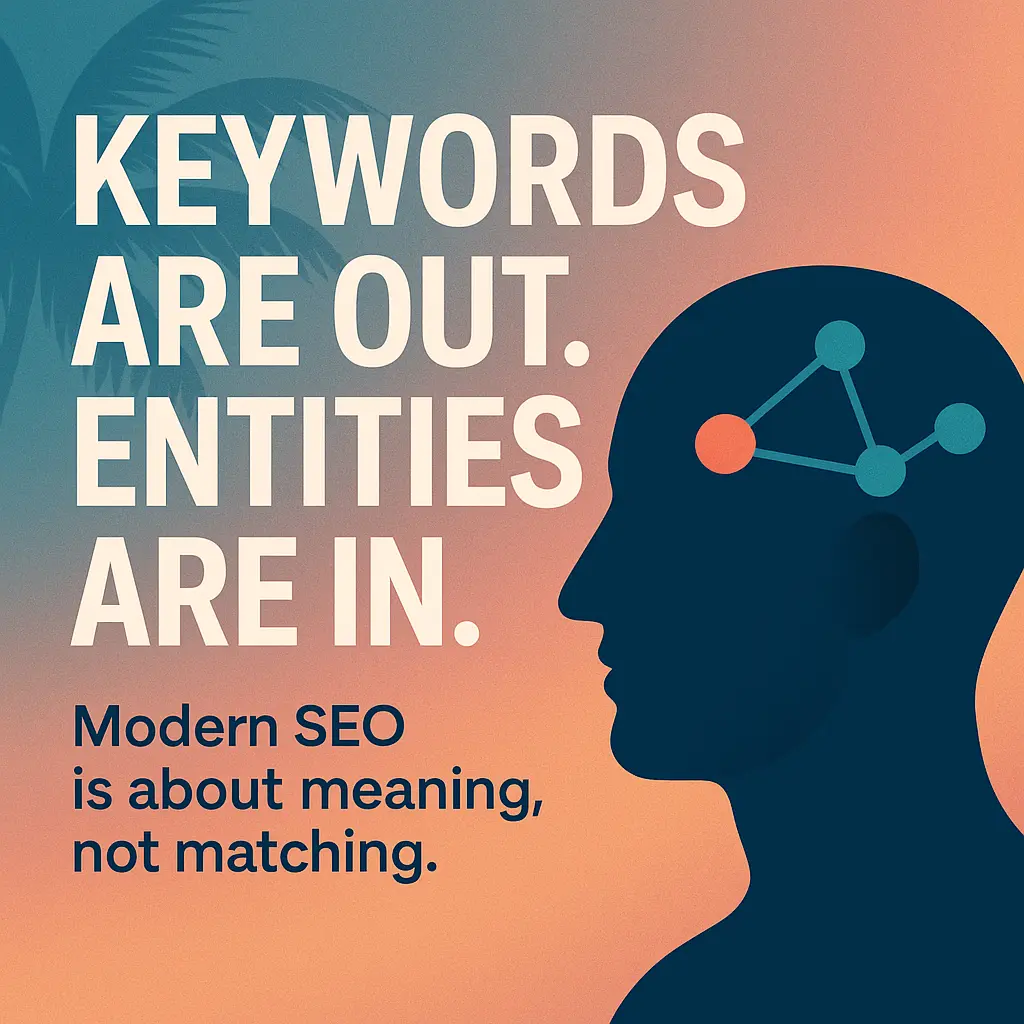
Earn Your Authority
Just like with Google, external signals are huge for LLMs. High-quality backlinks, positive mentions of our brand across the web, and featuring expert opinions all reinforce our credibility. These signals give LLMs confidence that our content is a trustworthy source.
Strategic Content Structuring for Dual Readability
When I’m writing content for a client, I make sure it’s easy for both a human and a bot to read.
- Logical Headings: Using a clear hierarchy of H1, H2, and H3 headings is like giving the AI a roadmap of your content.
- Short Paragraphs & Lists: Breaking up long text makes it easier for humans to scan and for AI to extract key information.
- Answer-First: I always try to answer the main question of a section right at the beginning. This makes it much easier for the AI to pull your content into a direct, synthesized answer.
My Comparison Table: Traditional SEO vs. LLM Optimization
To make it even clearer, here’s a table that my agency uses to compare the two approaches.
| Factor | Traditional SEO | LLM Optimization |
| Content Goal | Rank on SERP | Be cited in AI answers |
| Structure | HTML tweaks & scanability (short paragraphs, bullets) | Clear sections & definitions (conversational, Q&A, lists) |
| Updates | Freshness for ranking | Relevance for training data & RAG freshness |
| Authority Signals | Backlinks & Domain Authority | Consistent factual mentions & semantic authority |
| Keyword Focus | Exact keyword matching & volume | Semantic understanding & user intent |
| User Interaction | Click-throughs to website | Direct answers & zero-click |
| Primary Metrics | Organic Traffic, Keyword Rankings, CTR, Bounce Rate | Citation Frequency, Share of Voice, Content Quality (ROUGE, G-Eval) |
The Nuance: Tailoring for Each Platform
While there’s a lot of overlap, there are still some key differences in how we need to approach each platform.
A. Optimizing for Google: The Technical Essentials
For Google, we can’t forget the fundamentals. This includes:
- Compelling Snippets: Writing a great title and meta description to encourage clicks.
- Technical Excellence: Ensuring the site is fast, mobile-friendly, and has a clear structure for Google’s crawlers to understand.
- Canonical Tags: Handling any duplicate content so Google knows which version to prioritize.
B. Optimizing for LLMs: Entity-Centric and Conversational
For LLMs, the focus shifts slightly.
- Entity Optimization: I make sure my clients’ brand names, their locations (like North Fort Myers!), and their key products are used consistently across all of their online channels. This makes it easy for the AI to recognize them as a clear entity.
- Clear, Unambiguous Language: I focus on being as precise and clear as possible in my writing. This is how we get those high-quality “embeddings” that the AI loves.
- The Power of Multimodality: We’re now also thinking about how images and videos can support the text. We use descriptive alt text and schema markup to give the AI more context about our content.
A new thing we’re starting to keep an eye on is the llms.txt file. It’s a new protocol, kind of like robots.txt for Google, that will let us tell AI bots what to crawl and what to avoid. It’s not fully mainstream yet, but getting ahead of these things is key!
C. The Indirect Power of Structured Data
Structured data (Schema.org markup) is an interesting one. It doesn’t seem to be used by LLMs directly for real-time answers. However, it’s incredibly important because it helps Google and other systems build robust Knowledge Graphs. These are the massive databases of entities and their relationships that LLMs use as a foundation for their training. So, by adding structured data, we are indirectly but powerfully making our content more “AI-ready.”
Strategic Content Development for Dual Ranking
So, what does this all mean for the content we create?
A. Move from Keywords to Entities
Instead of just looking for keywords with high search volume, we now research all the related terms, synonyms, and conversational phrases that a person might use. Our goal is to anticipate the full questions someone might ask an AI chatbot.
We then organize our content into those comprehensive “topic clusters” I mentioned before. This hub-and-spoke model, with strong internal links, tells both Google and the AI that we are a true authority on the subject.
B. Write Comprehensive, Factual, and Answer-First Content
For my clients, I make sure we:
- Publish Original Content: We prioritize new research, original data, and first-hand insights.
- Keep it Fresh: We regularly update and timestamp our content (e.g., “Last Updated: June 2024”) so AI systems know it’s current.
- Keep it Human: I use AI tools to assist with outlines, but the final, authentic content is always written and refined by a human.
C. Build Authority Beyond the Blog
LLMs don’t just look at your website. They also pay a lot of attention to user-generated content on platforms like Reddit, YouTube, and forums. So, my strategy now includes encouraging brand mentions and engaging in these communities. By actively participating and contributing expertise, we increase the chances that the AI will see us as a trustworthy source and recommend our content.
Table 2: LLM Citation Preferences & Content Characteristics
This table helps us understand what kind of content the AI is looking for when it’s trying to provide a quality answer.
| LLM Preference | Content Type/Source | Key Characteristics | Preferred Query Type |
| Content Type/Source | Wikipedia, YouTube, Reddit, Government (.gov) Websites, Forums & Q&A Sites | Factual & Verifiable, Authoritative, Comprehensive, Conversational Tone, Semantically Coherent, Current/Fresh Data, Clear Citations & Sourcing, Multiple Perspectives, Ongoing Engagement, Human-Written (authentic) | Longer Queries (10+ words), Question-Based Queries (who, what, when, why), Full Sentences, Informational Intent |
| Examples | Original Research & Studies, Solution-Focused Pages, Lists & Structured Content, Consistent Brand Mentions, Multimodal Content |
Measuring Success and Adapting to Change
Since the game has changed, our way of measuring success has to change too.
Of course, we still look at traditional metrics like organic traffic and keyword rankings. But we’ve also started tracking new ones:
- Citation Frequency: How often is our brand or content mentioned in AI Overviews and chatbot responses?
- Share of Voice: What is the overall sentiment and prominence of our brand in AI-generated content compared to our competitors?
- Content Quality Metrics: We can use tools that help us see how well our content could be summarized by an AI.
The key is to keep learning. Both Google’s and the LLM’s algorithms are constantly being updated. My team and I are always monitoring industry news and testing new strategies. It’s about being willing to experiment, but always remembering that the most important thing is to create authentic, helpful content for people.
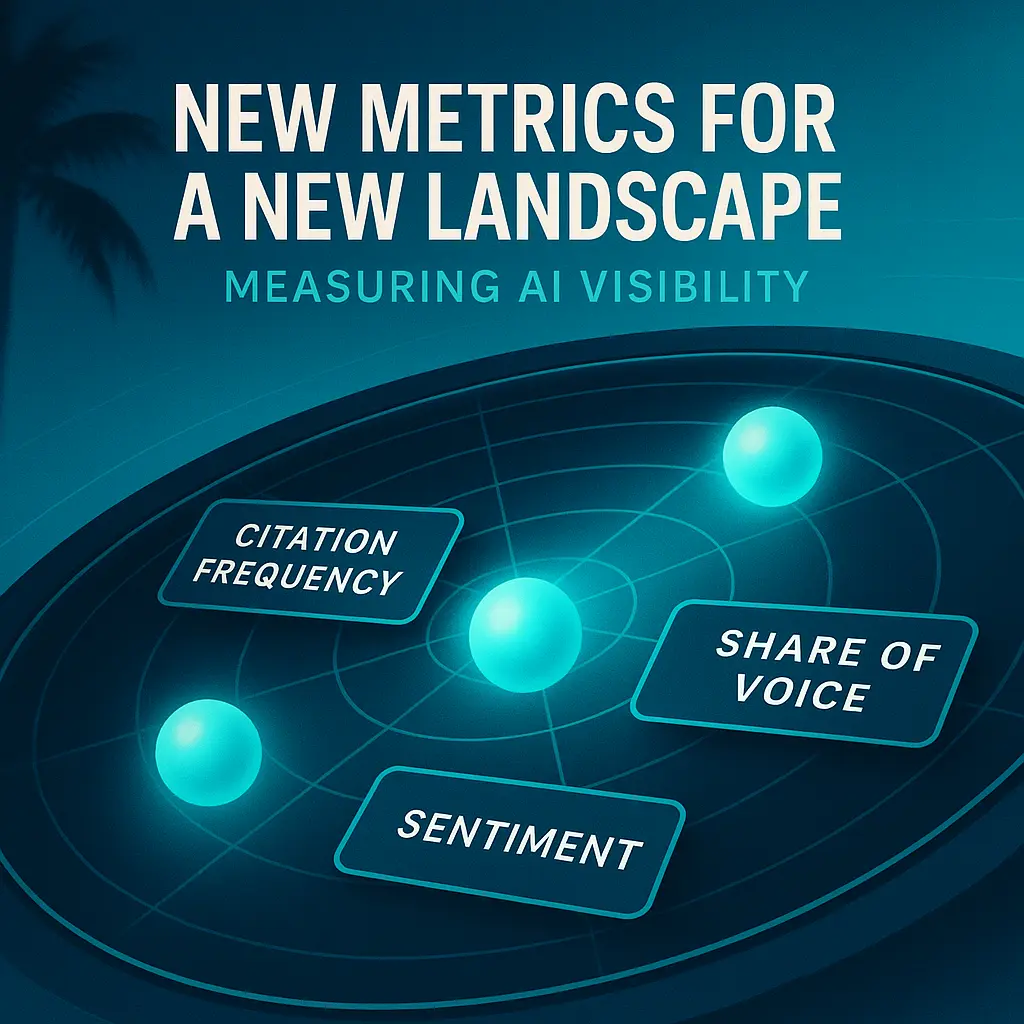
My Actionable Strategies for Dual Ranking
To sum it all up, here’s a quick-reference table of the strategies I use for my clients.
| Strategy | Primary Benefit | Description/Key Action |
| Create People-First Content | Both | Produce content that genuinely helps and informs users, prioritizing originality and depth over keyword stuffing. |
| Build E-E-A-T (Experience, Expertise, Authoritativeness, Trustworthiness) | Both | Demonstrate deep knowledge, earn external validation from experts, and foster trust through transparency and positive reputation. |
| Optimize for Semantic Understanding & Entities | LLM | Move beyond keywords to focus on meaning, context, and entities; consistently use brand and related terms across channels. |
| Develop Robust Topic Clusters | Both | Organize content into comprehensive hubs and spokes, with strong internal linking to establish topical authority. |
| Structure Content for Readability (Headings, Lists, Q&A) | Both | Use clear headings, short paragraphs, bullet points, and Q&A formats to aid both human and AI comprehension. |
| Implement Structured Data (Schema Markup) | Both | Use Schema.org markup to help search engines understand content context and indirectly enhance LLM knowledge graphs. |
| Ensure Technical SEO Excellence (Crawlability, Speed, Mobile) | Optimize site structure, ensure fast loading times, mobile-friendliness, and proper indexing for Google’s algorithms. | |
| Prioritize Original Research & Verifiable Data | LLM | Include unique data, studies, and clear sourcing to increase content’s value and likelihood of AI citation. |
| Maintain Content Freshness & Accuracy | Both | Regularly update content and timestamp changes to ensure relevance and reliability for both search engines and LLMs. |
| Foster Brand Mentions & User-Generated Content (UGC) | LLM | Engage with communities, encourage discussions, and seek mentions on platforms where LLMs frequently draw citations. |
| Utilize Multimodal Content | LLM | Optimize images, videos, and other media with relevant metadata to improve understanding and citation by multimodal LLMs. |
| Implement llms.txt (Emerging Protocol) | LLM | Explore and configure this emerging file to explicitly guide AI crawlers through content, future-proofing visibility. |
Frequently Asked Questions
Q: Is traditional SEO now useless because of LLMs?
A: Absolutely not! In fact, many of the core principles of great SEO—like creating high-quality, human-first content and demonstrating E-E-A-T (Experience, Expertise, Authoritativeness, and Trustworthiness)—are now more important than ever. We just have to adapt and apply these principles in a slightly different way to be found by both Google and the new AI bots.
Q: What is the main difference between Google’s ranking and an LLM’s “ranking”?
A: Think of it this way: Google is trying to get you to click on a link from a list of results. Its goal is a high ranking on a SERP. An LLM, on the other hand, is trying to give you the single best, most accurate answer without you having to click anything. Its goal is to summarize, cite, or recommend a source.
Q: What is E-E-A-T, and why is it so important for both Google and LLMs?
A: E-E-A-T stands for Experience, Expertise, Authoritativeness, and Trustworthiness. It’s a framework Google uses to assess content quality, but it’s also exactly what LLMs are looking for. Both systems want to find content that is factual, credible, and comes from a trustworthy source. When you focus on E-E-A-T, you’re building a strong foundation for dual visibility.
Q: What is “RAG” and why should I care?
A: RAG stands for Retrieval-Augmented Generation. This is the process LLMs use to get their answers. First, they retrieve the most relevant documents from the web (that’s where our content comes in!). Then, they use that content to generate a new, synthesized response. You should care because it means your content needs to be structured in a way that makes it easy for the AI to retrieve and understand.
Q: What is an “entity”?
A: An entity is a person, place, thing, or concept that is distinct and identifiable. In our case, this could be your brand name, your location (like North Fort Myers!), a specific product, or an industry expert. Optimizing for entities means making sure these things are mentioned consistently across your online presence so LLMs can easily recognize and link them to your content.
Q: What new metrics should I be tracking to measure success with LLMs?
A: Since LLMs often lead to “zero-click searches,” traditional metrics like organic traffic might not be enough. You should also start tracking things like Citation Frequency (how often your brand is mentioned in AI Overviews) and Share of Voice (how much of the AI conversation you own compared to your competitors).
Final Thoughts
The rise of LLMs isn’t a threat to our work; it’s an evolution. The future of online visibility is a blend of traditional SEO and these new, semantic-focused strategies. By focusing on creating high-quality, people-first content, building real authority, and adapting to the new rules of the game, we can make sure our brands are not only found by Google but also trusted and cited by advanced AI systems.

